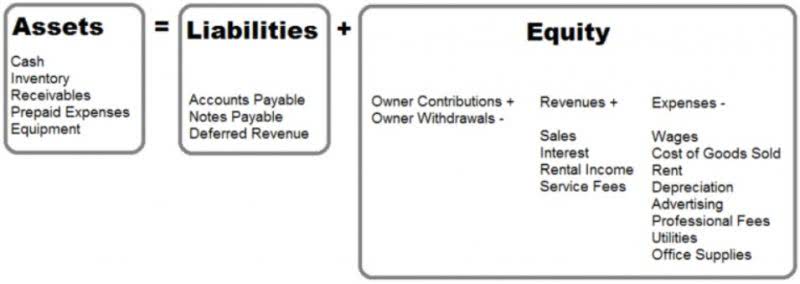
Payroll management is a key service of veterinary CPAs, ensuring accuracy in recording team wages and benefits, which forms a critical part of the financial health of a veterinary practice. Managing accounts payable is another significant service offered, which includes tax return purposes, bill paying, and financial statement services. Financially savvy owners and managers online bookkeeping of veterinary practices understand the important role that KPIs play in running a financially healthy practice. As you wrap up 2020 and start planning for the new year, now is a good time to identify the most important KPIs for your practice and implement a plan for measuring, monitoring and analyzing them.
Calculating operating profit
- Businesses like yours need products that work for you and keep you profitable.
- Now that you know what categories you need and what to do when you go over or under on your budget, the question of how to track it remains.
- The cost to acquire an existing veterinarian practice will likely be around 5x EBITDA.
- On average, the cost to run a veterinary clinic can range from $250,000 to $1 million annually, depending on factors such as location, size, and services offered.
Ultimately, as Paws & Claws Care aims to revolutionize pet healthcare, efficiently managing veterinary clinic expenses related to medical supplies and equipment is crucial. By focusing on cost-effective solutions while maintaining high standards of care, the clinic can ensure a sustainable and profitable future. Effective veterinary clinic financial management involves not only budgeting for salaries but also strategizing ways to https://www.bookstime.com/ optimize staff efficiency. By analyzing operating expenses in veterinary practice, clinic owners can identify areas where costs can be reduced without compromising service quality.

Equipment

Controlling these costs remains one of the most challenging issues for most practice managers and owners. Even in actively managed practices, it still can be a struggle to get staffing to an optimum and replicable level. The operating profit is the difference between the operating revenues and expenses of a practice. Operating veterinary bookkeeping revenue and expenses include only items normally and necessarily in the practice’s day-to-day operations, such as fees for professional services and expenses for drugs and medical supplies. Every clinic’s financial stability hinges on careful management of revenue and expenses, so each penny contributes to a thriving equine veterinary practice. Every dollar spent directly impacts your practice’s ability to provide top-notch care for clients.

Just one thing: Reclaim your time
It is also essential to recognize the increases in the employee’s benefits package as a part of their wages. These often result in a raise even though the employee’s hourly wage did not change. An employee should receive an annual presentation that outlines their entire compensation package to appreciate all that they receive from working for the practice. It’s easy for employees to forget that their take-home pay is just part of the compensation they’re receiving.
- By consistently monitoring and adjusting marketing and advertising expenses, veterinary clinics like Paws & Claws Care can optimize their financial management strategies and drive sustainable growth.
- It is better to continually adjust your staff scheduling based on current demand, not on keeping everyone on the schedule.
- Understanding the top nine operating costs is crucial for optimizing your budget and ensuring sustainability.
- The monthly rent for a veterinary clinic can vary widely, typically ranging from $2,000 to $10,000 based on location and size.
- Make a list of the transactions that recur monthly—these are the categories that should be added to every month’s budget.
- But in my experience, most hospital owners eyeball their expenses and hope for the best.
Setting Schedules According to Employee Needs
Overall, effective management of waste disposal and hazardous material fees is integral to the financial health of any veterinary clinic, including Paws & Claws Care. By adopting proactive strategies, veterinary practices can significantly reduce their operational costs while ensuring high standards of safety and compliance. The management of waste disposal and hazardous materials is a critical aspect of veterinary clinic operating costs. Proper disposal procedures ensure compliance with regulations and contribute to the safety of both staff and the environment.

There isn’t an equine vet anywhere in the world who hasn’t heard from their clients that their prices are too high. Sign up to receive stories and tips from peers and industry experts in veterinary practice management. IDEXX uses the information provided to contact you about relevant products and services.




















